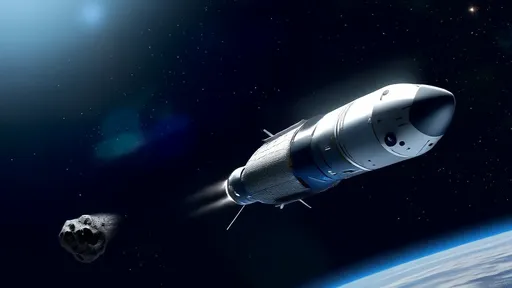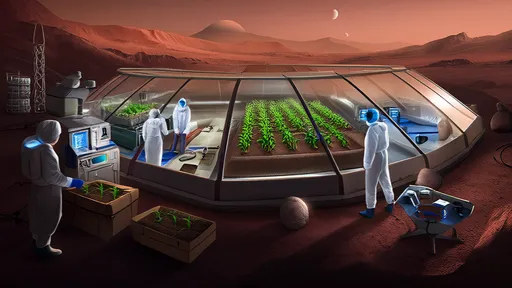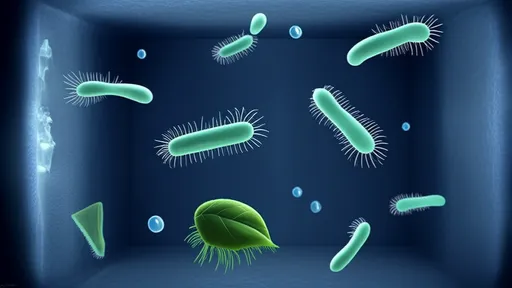The convenience of self-heating hot pot meals has made them a popular choice for busy individuals and outdoor enthusiasts alike. With just a bottle of water and a few minutes of waiting, these portable meals promise a steaming hot dish without the need for a stove or microwave. However, beneath the simplicity lies a hidden danger that has recently come to light: the explosive potential of the chemical reaction that powers these self-heating packages.
At the heart of every self-heating hot pot is a small packet labeled "heater" or "quicklime," which most consumers casually toss into the bottom compartment without a second thought. This unassuming white powder is calcium oxide (CaO), commonly known as quicklime or burnt lime—a substance that has been used for centuries in construction and chemical processes. When water is added, an exothermic reaction occurs that can reach temperatures exceeding 150°C (302°F), enough to boil water and heat food rapidly. But this same reaction, if improperly contained or handled, can turn the convenient meal into a dangerous projectile.
The chemistry behind the convenience is both simple and volatile. Calcium oxide reacts violently with water in a process called slaking, producing calcium hydroxide and releasing a significant amount of heat. The reaction is immediate and intense: 1.54 kilojoules of energy are released per gram of quicklime, causing rapid expansion of steam and gases. Manufacturers attempt to control this reaction through measured portions and vented packaging, but real-world conditions—overfilling, damaged containers, or improper storage—can compromise these safety measures.
Emergency rooms across several countries have reported cases of severe burns and eye injuries from exploding self-heating packages. In one documented incident in Shanghai, a college student suffered second-degree burns when the container ruptured after being shaken during the heating process. Another case in Berlin involved a man who lost partial vision in one eye when the quicklime mixture erupted as he attempted to open a stuck lid. These aren't isolated events—consumer safety organizations have tracked hundreds of similar accidents globally, many involving children who mishandled the attractive, food-like packaging.
What makes these incidents particularly alarming is the lack of prominent warnings on most products. While manufacturers include safety instructions in small print, the packaging often emphasizes convenience over caution. Brightly colored boxes featuring appetizing food photography dominate the design, with hazard information relegated to barely legible fine print on the bottom or side panels. This marketing approach has led to what consumer advocates call "complacency through familiarity"—users treat the chemical heater with the same casual attitude as a tea bag, unaware of the potential consequences.
The transportation and storage of these products present additional risks. In 2022, a warehouse fire in California was traced to pallets of self-heating meals stored near a water pipe leak. The subsequent investigation revealed that the quicklime packets had reacted with moisture in the air over time, generating enough heat to ignite nearby packaging materials. Shipping regulations in many countries now require special labeling for bulk shipments of self-heating foods, but enforcement remains inconsistent across borders and delivery services.
Environmental concerns compound the safety issues. The single-use chemical heaters create waste that's difficult to recycle and potentially hazardous if disposed of improperly. Partially reacted quicklime in discarded packages can continue to generate heat in trash bins or landfills, creating fire risks. Some municipalities have reported garbage truck fires traced back to these products, leading to calls for better disposal instructions or alternative heating methods.
Innovations in self-heating technology may offer safer alternatives. Several companies are experimenting with different exothermic reactions that generate heat more controllably, such as using iron powder oxidation or supersaturated salt solutions. Others are developing reusable heating elements that can be activated electronically or through mechanical means. However, these alternatives currently cost significantly more than quicklime-based systems, making them less attractive to price-sensitive consumers and manufacturers.
Until safer options become mainstream, experts recommend treating self-heating meals with the same caution as other household chemicals. Key safety measures include using the packages on stable, heat-resistant surfaces away from flammable materials; never opening the heater compartment once activated; allowing full cooling before disposal; and keeping the products away from children. Some consumer groups advocate for redesigns that separate the chemical heater from the food compartment entirely, preventing accidental mixing if the container is damaged.
The convenience of instant hot meals shouldn't come at the cost of safety. As regulatory agencies begin to scrutinize these products more closely, manufacturers may be compelled to implement better safety features and clearer warnings. In the meantime, awareness of the potential dangers—and respect for the chemical reaction powering these modern conveniences—could prevent many painful accidents. The next time you reach for a self-heating meal, remember that you're essentially carrying out a controlled chemical experiment in your lunchbox.

By /Jun 7, 2025

By /Jun 7, 2025

By /Jun 7, 2025

By /Jun 7, 2025

By /Jun 7, 2025

By /Jun 7, 2025

By /Jun 7, 2025

By /Jun 7, 2025

By /Jun 7, 2025

By /Jun 7, 2025

By /Jun 7, 2025

By /Jun 7, 2025

By /Jun 7, 2025

By /Jun 7, 2025

By /Jun 7, 2025

By /Jun 7, 2025

By /Jun 7, 2025

By /Jun 7, 2025

By /Jun 7, 2025

By /Jun 7, 2025